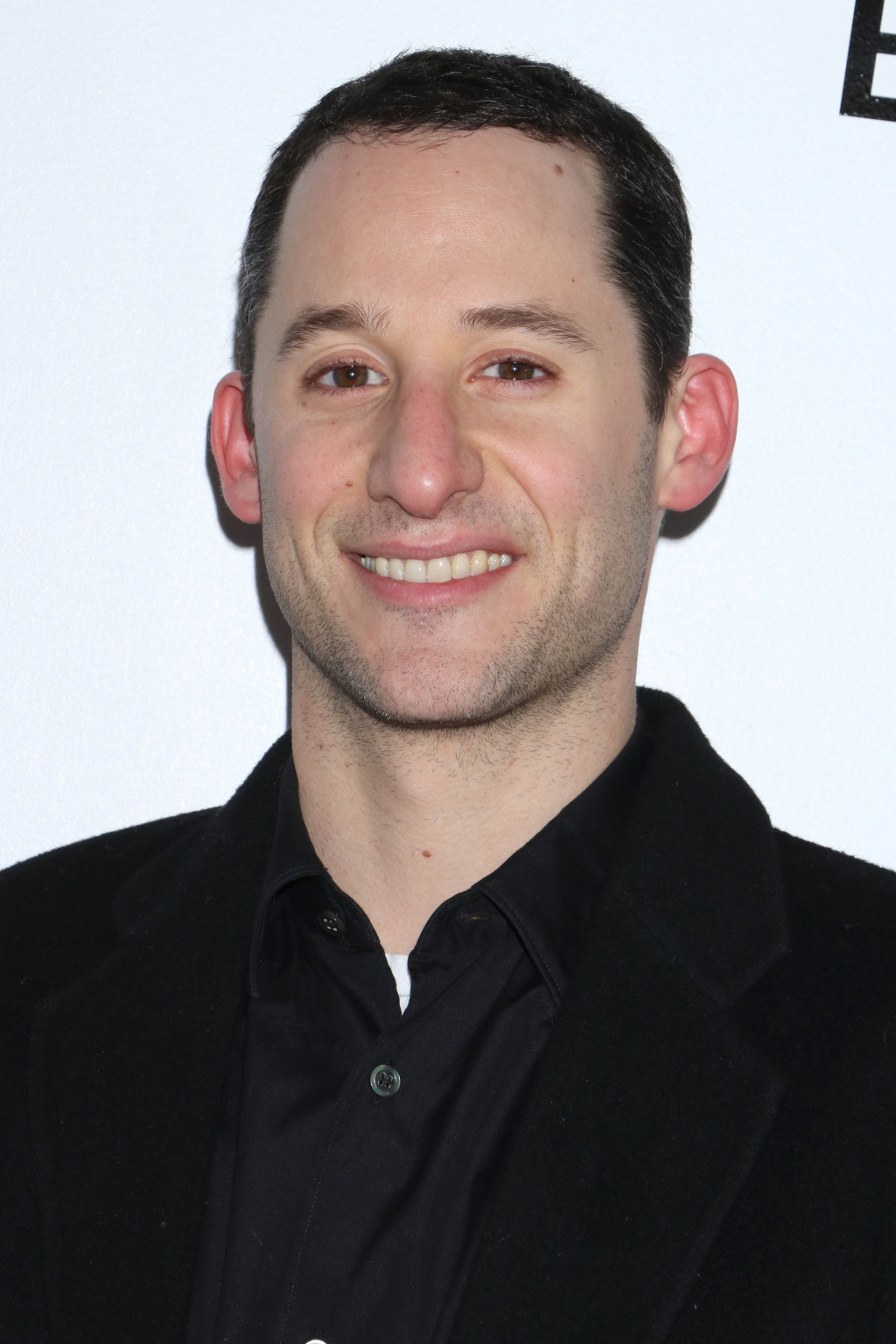[ad_1]
Jordan Wolfson, an artist focused on engineering provocative installations and sculptures that flout social mores through expensive digital technology, is known to produce artworks that generate long lines and lots of debate. His notorious (Female figure)—a work from 2014 in which a cyborg woman dances in front of a mirror while making eye contact with viewers—received so much attention when it was on view at David Zwirner in New York that the gallery was forced to institute an online reservation system. (It also figured in ARTnews‘s list of “The Most Important Artworks of the 2010s.”) Then, in 2017, his virtual-reality work in the Whitney Biennial—Real Violence—ignited debate over brutal subject matter that included a person being bludgeoned on the street.
On Monday, a profile of Wolfson published by the New Yorker offered news of his latest work—which, it turns out, has already been acquired by a major museum for a huge sum.
The National Gallery of Australia in Canberra has bought Wolfson’s latest work, which is described as a “body sculpture” with a protagonist called the Cube. It’s set to go on view at the museum in 2021, and according to the article, it was acquired last fall for nearly $5 million—a sum paid that reportedly maxed out the museum’s fund for buying works for an entire year. (Wolfson’s auction record stands as $125,000, for a painting sold at Sotheby’s New York in 2014. His sculptures, which are often valued more highly than his videos and paintings, have rarely been offered at auction.)
What, exactly, is the Cube? According to Wolfson, it will interact with viewers, and it will be able to perform various activities. These include (but are not limited to) being able to “rape the floor” and “play its own body like an instrument.” It may even ultimately be able to point at viewers’ genitals. Wolfson, who is based in Los Angeles and New York, reportedly wanted to show it at a major American museum, but that wasn’t in the cards.
“Jordan’s work will help enhance that idea that you’ve come to see something extraordinary,” Nick Mazevitch, the National Gallery of Australia’s director, told the New Yorker, referring to the long journey to Canberra that most viewers will have to make to see the piece.
[ad_2]
Source link

